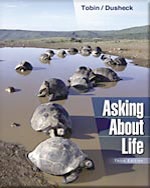Asking About Life
By Allan J. Tobin and Jennie Dusheck
copyright 1997, 2002, 2005
A college-level introductory biology textbook


Asking About Life
By Allan J. Tobin and Jennie Dusheck
copyright 1997, 2002, 2005
A college-level introductory biology textbook
Another distinctive feature of Asking About Life is its use of visual metaphors to convey basic biological concepts. For example, in 1993, I conceived the idea of paired chromosomes as being analogous to pairs of socks in that each homolog is similar—but not identical—to its mate. Loose threads and minor imperfections are analogous to mutations in the DNA. And the process of matching up socks out of the dryer is analogous to chromosome alignment during mitosis and meiosis.
Here is the “sock karyotype” from Asking About Life, 1/e, 1997.

Copyright, Allan Tobin & Jennie Dusheck
The sock metaphor is just one of dozens that I conceived for Asking About Life, but it has been picked up by many biology teachers as a useful and quick way to convey the relationship between pairs of chromosomes. In 2001, I introduced the sock image at MIT’s first Image and Meaning conference. Since then, visual artists such as Gina Glover have adapted the idea (at right).



